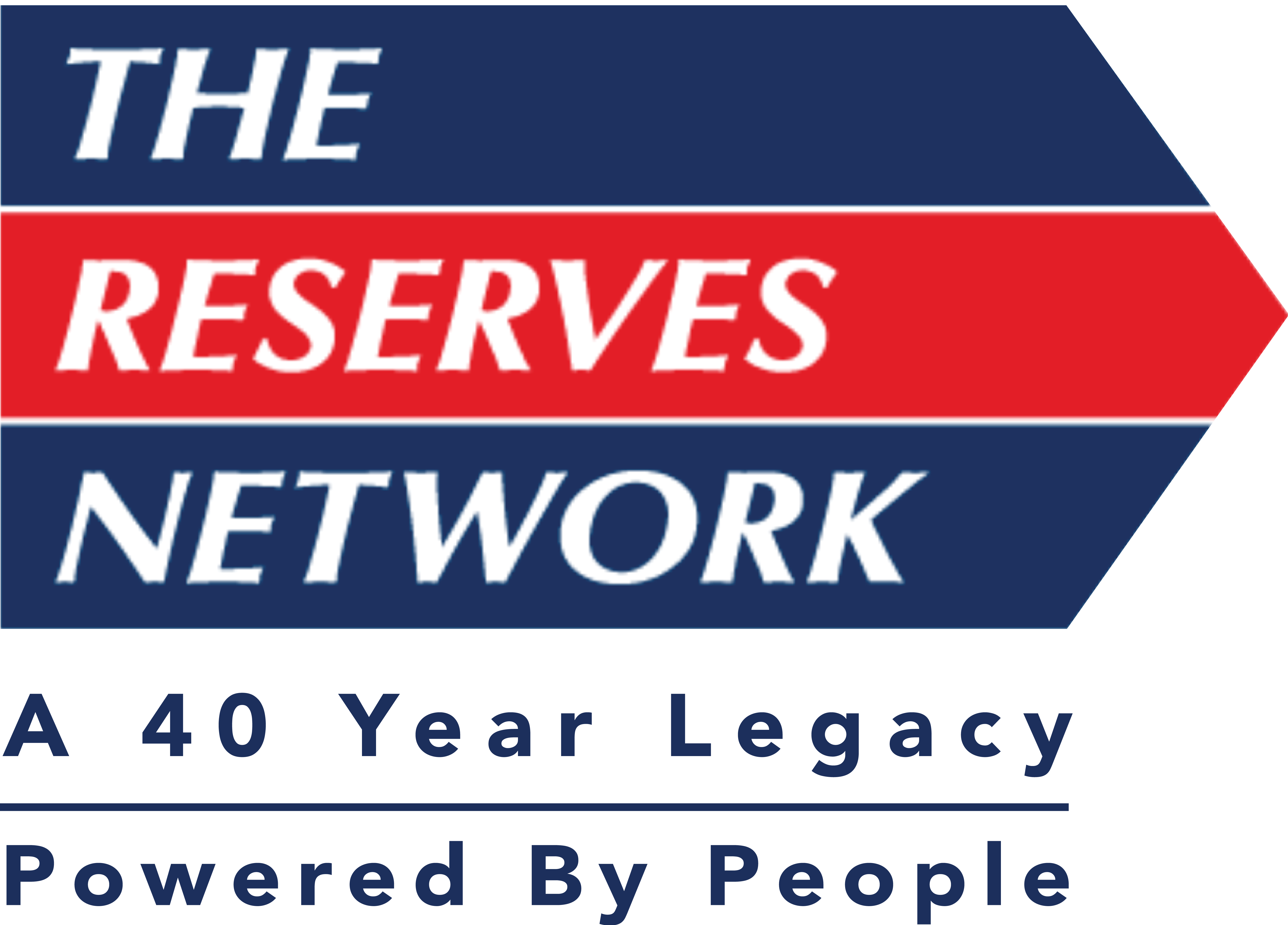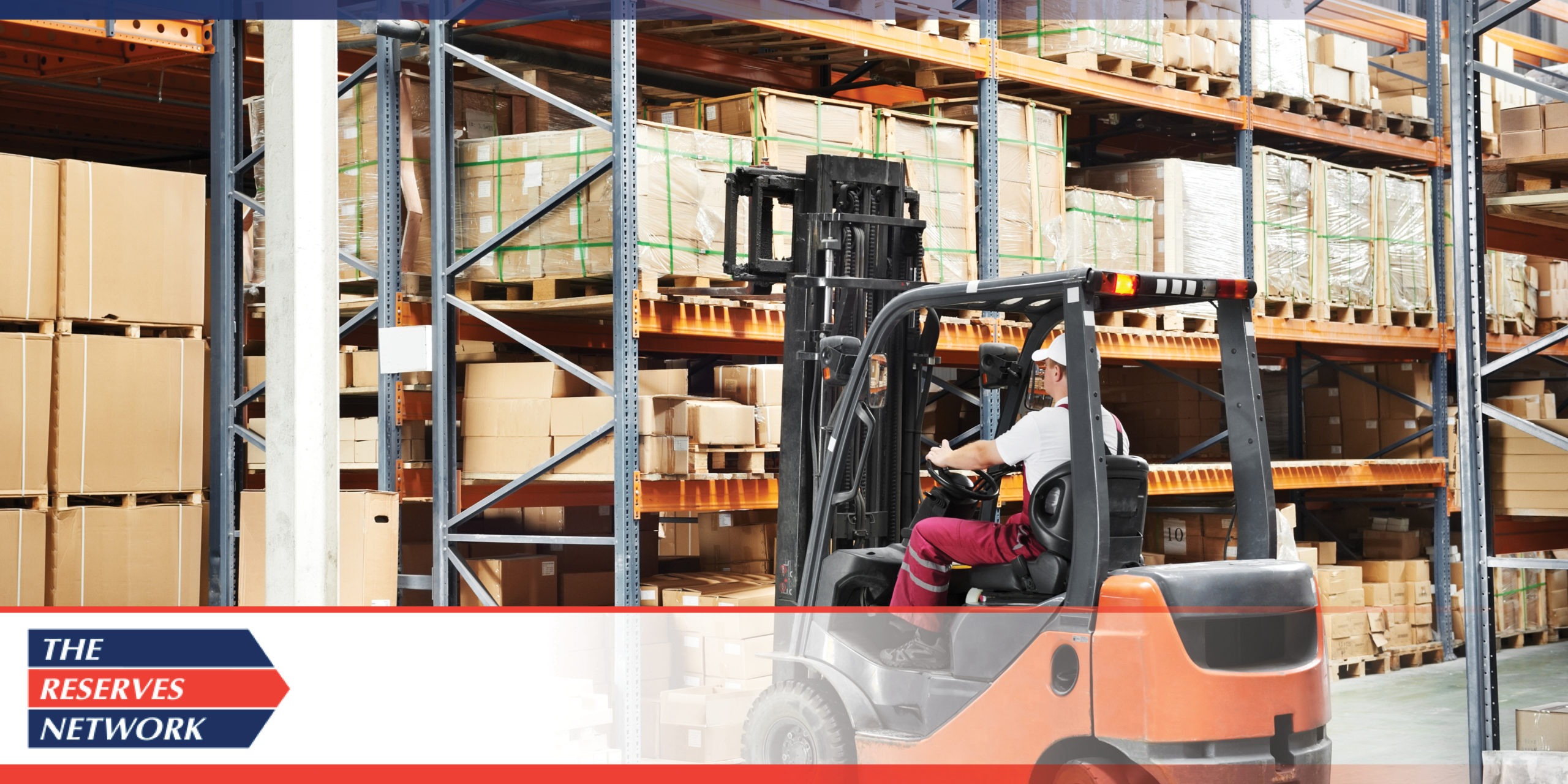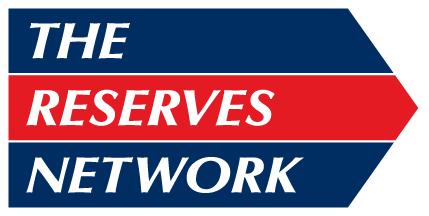Tips for Reconfiguring Your Manufacturing Workspace
It’s no secret that the COVID-19 pandemic has, and will, change how businesses go about their operations, especially when it comes to the layout of the workplace environment.
As we strive to maintain social distancing and promote cleanliness and safety, considerations will need to take place on reconfiguring plant and production space layouts and processes.
Here are six tips to keep in mind as you adopt new guidelines for your workspace:
Keep employees six feet apart.
Social distancing guidelines mandate people are six feet apart from one another when they are not members of the same household. Apply this to your workplace by spacing out workstations.
When that is not possible, increase personal protective equipment (PPE) wherever possible, especially items like gloves, goggles, face shields and masks.
Remote work options.
Some of your employees may not need to be at your facility in order to do their jobs. If this is the case, identify those people and provide them the means to work remotely.
If telecommuting isn’t an option, explore staggering shifts. Since office areas aren’t always as open as warehouse or production floors, this will prevent having a large number of employees in a confined department or office at one time.
Promote cleanliness.
Protect your workplace from illness by encouraging your employees to keep a safe distance from one another, wash their hands often, cover their coughs and sneezes, and stay home if they feel ill. Hang signage throughout your facility as constant reminders. If you have televisions in break areas or hallways, play commercials or slides that reinforce these best practices.
Be sure to set up hand washing stations or provide alcohol-based hand sanitizers throughout your facility. Have employees wipe their workstations with disinfectant wipes to keep all surfaces clean before, during and after their shifts.
Double down on other cleanliness routines you may already put in place. If your facility shuts down monthly for a deep clean, do this twice a month instead.
Get creative with shifts.
Whether you’re providing critical needs or services or your business is re-opening after mandated closures, chances are you’ll be ramping up production. Not only will you need to maintain production levels, but first and foremost, you should be looking out for the safety of your workforce. One solution might be creative shift options.
Offer up four, 10-hour shifts or three, 12-hour shifts instead of the standard five-day work week. This will provide the coverage you need while lessening the amount of employees in your building at one time. Your employees may gravitate toward these changes, as they can assist them with childcare and/or supplement their income.
Consider installing barriers.
Groceries stores have started using plastic barriers, what some call sneeze guards, between their cashiers and customers. Barriers like these between your employees within your own facility can be beneficial in slowing and preventing the spread of illness.
If possible, conduct temperature checks.
A major and common symptom of COVID-19 is a fever (100.4 degrees Fahrenheit or higher). If your company has the ability, start taking the temperature of every person who enters your facility. If they happen to have a fever, even if they don’t have any other symptoms, do not allow them in until they have been fever-free for at least 72 hours.
Under any circumstances, changing your workplace environment is a challenge. The Reserves Network is partnering with many critical manufacturing companies that are making these changes.
With over 35 years of expertise, we can provide valuable insight on ways to create and maintain a safe and efficient workplace. Contact us today to learn more.


